We can print or embroider designs on any textiles you buy from us.
We use various methods, each with its own advantages and limitations. The best method depends on many factors such as the quantity of products, number of colours in the motive, your budget, and the material of the products.
We use modern machines and have skilled printers who can print high-quality designs with many colours.
If you need help choosing the best method, send us your design at info@arysmo.com or call us at +39 11 999 00 99 or +48 10 900 99 90 and we will reply in the shortest possible time.
ARE YOU INTERESTED IN PRINT OR EMBROIDERY?
- Send us your design with high-quality graphics and we will send you a mockup within 48 hours since your order. For specific delivery times, please contact the Sales.
- We print from just 1 piece depending on the most suitable method.
- We can provide printing in multiple colours.
- We provide printing with special effects such as 3D, puff, glowing and neon colours, varnish, glitter and others.
| SUBLIMATION | DIGITAL PRINTING (DTG) | DIGITAL TRANSFER (DTF) |
 Sublimation is an extremely durable printing technology that can handle high-quality and vibrant designs in photographic quality. Large-scale designs and printing over seams are not an issue. |
 Digital printing (DTG) brought a revolutionary change to advertising textiles and was the first to enable high-quality printing of full-colour graphics, including photographs. |
 Digital transfer (DTF) is another technology developed for printing complex designs, including photographs and small vectors with full colour tones or colour gradients. |
| SCREEN PRINTING | SCREEN PRINTING TRANSFER | EMBROIDERY |
 Screen printing is the oldest and most efficient form of direct textile printing, very useful when you need to print a large quantity of products. |
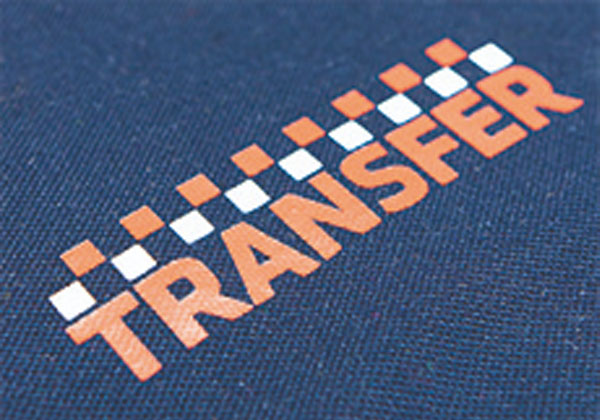 Variation of screen printing when a design is first printed onto a special transfer film, which is then applied to the textile using heat and pressure. |
 Embroidery represents one of the highest-quality ways to present a design, particularly suitable for premium textiles or for t-shirts and polo shirts with a higher weight. |
| LITHOTRANSFER | LABEL CHANGE |
 Digital printing method that can process intricate designs which retain exceptional sharpness, finesse of details, and colour accuracy. |
 Removal and replacement of original product labels, including the possibility of their production. |
SUBLIMATION
Sublimation is an extremely durable printing technology that easily handles printing in photographic quality, large-scale motifs, and can even handle printing over seams. Thanks to its ability to change designs within minutes, this method is also suitable for small orders.
The printing process involves a paper carrier with the design printed on it, which is then applied to the fabric using heat and pressure. The sublimation ink is absorbed directly into the textile fibers, resulting in a long-lasting print that resists fading even after washing or dry cleaning. Sublimation can only be performed on synthetic materials such as polyester or nylon, and its benefits are unparalleled on white backgrounds.
 White fabric enhance the vividness of colours. The colour of the fabric itself can affect the final colour of the print, so it's important to print with colours darker than the fabric of the material. |
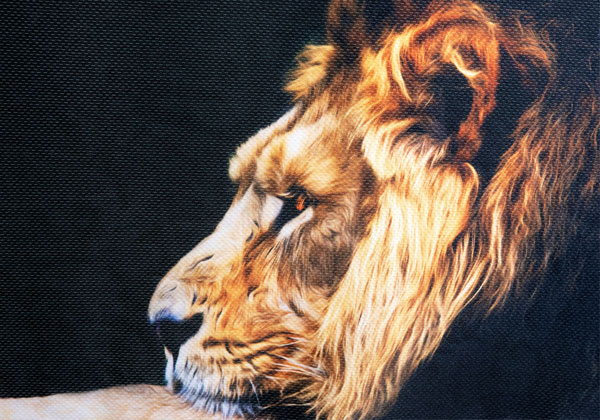 Sublimation can print full-scale realistic photographic motifs. An undeniable advantage is the ability to print over seams. |
PROS AND CONS OF SUBLIMATION
| PROS | CONS |
|
+ high durability
|
- only suitable for fabrics with a minimum of 65% polyester fibers
|
|
+ excellent quality of printed details, sharpness and precision
|
- ideal for white fabrics (coloured fabrics can be printed only by dark inks)
|
|
+ printed material remains breathable
|
- higher price
|
|
+ photographic print quality
|
- not suitable for textured or very flexible textiles (fleece and terry cloth)
|
|
+ printing over seams
|
DIGITAL PRINTING (DTG)
Digital printing (DTG) has brought a revolutionary change in advertising textiles, and was the first to allow high-quality printing of full-colour print templates, including photographs.
Ink colours are applied directly to the fabric and are immediately dried, ensuring high durability of the print.
Digital printing is suitable for both single orders and small series printing. It is not limited by the number of colours, making it suitable for high-quality and high-resolution printing.

PROS AND CONS OF DTG
| PROS | CONS |
|
+ unlimited number of colours
|
- exact Pantone® shade cannot be guaranteed
|
|
+ printing in photographic quality and resolution
|
- cannot print with reflective colours
|
|
+ print is barely noticeable to the touch
|
- more suitable for cotton textiles
|
|
+ guaranteed durability of the print against washing up to 40°C
|
- not suitable for textured or very flexible textiles (fleece and terry cloth)
|
DIGITAL TRANSFER (DTF)
Digital transfer is another technology developed for printing complex designs, including photographs and small vectors with full-colour tones or colour gradients.
The design is first printed onto a transparent thin film that allows for easy fitting of the motif. The advantage is the washability and long-lasting durability of the print.
 The design is first printed onto a transparent thin film that allows for easy fitting of the motif. The advantage is the washability and long-lasting durability of the print. |
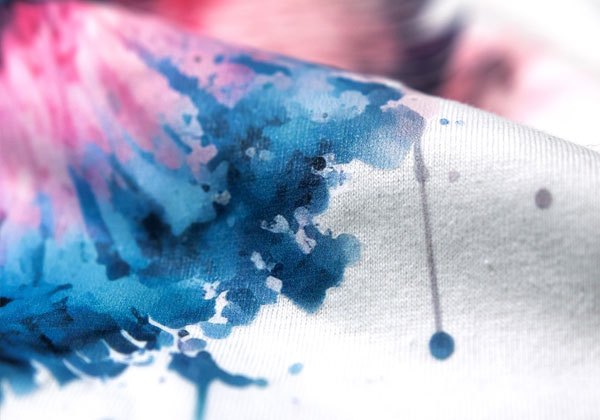 |
PROS AND CONS OF DTF
| PROS | CONS |
|
+ excellent durability
|
- not suitable for small designs and fonts
|
|
+ can be applied on mixed materials and softshell
|
- fabric under application is not breathable
|
|
+ printing of photographs, colour gradients, and shadows
|
- less flexible than sublimation
|
|
- not suitable for textured or very flexible textiles (fleece and terry cloth)
|
SCREEN PRINTING
Screen printing is the oldest and most effective form of direct textile printing, which is particularly useful when you need to print a large number of products.
Screen printing is done mechanically, achieving a high daily production (up to 15,000 prints) and the same print quality throughout the entire printing order.
Clear advantages include colour fastness, print durability, and favorable pricing.
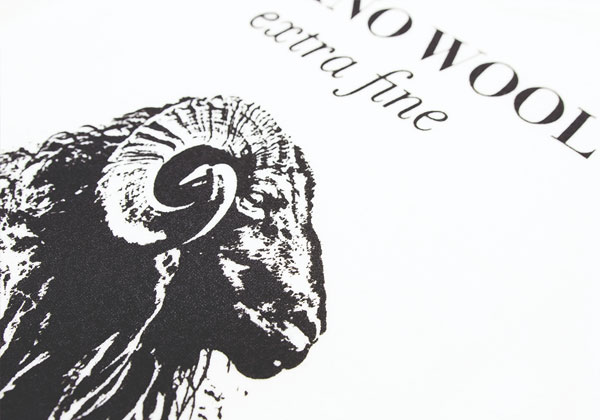 Colours are pushed through the screen separately onto the textile. Thanks to the colour separation method, screen printing can handle even complex colour designs. One limitation is the printing of perfect colour gradients. |
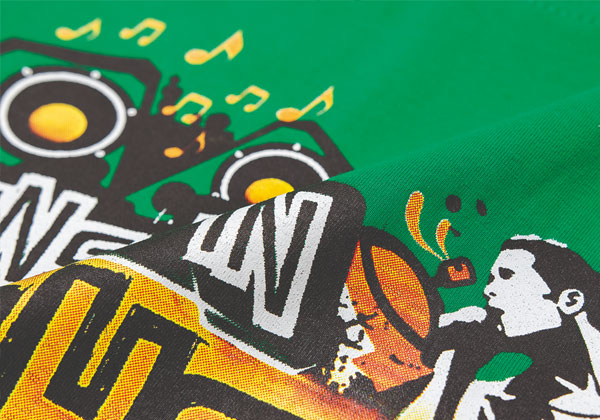 |
PROS AND CONS OF SCREEN PRINTING
| PROS | CONS |
|
+ high quality and speed of printing
|
- technology is demanding for preparation
|
|
+ high precision of details
|
- preparation costs are expensive for smaller volumes
|
|
+ excellent colour fastness. The colour is practically unremovable (when washing and ironing procedures are followed)
|
- not suitable for textiles with uneven or rough surface structure (fleece, terry cloth)
|
|
+ printing according to Pantone® colour charts
|
|
|
+ cost-effective for large orders
|
SCREEN PRINTING TRANSFER
It is a variant of transfer where a design is first printed on a special film using the screen printing method. The film is then applied to the textile by heat and pressure.
The technology is suitable for all textiles and is recommended especially for products unsuitable for direct printing (applying colour directly onto the material).
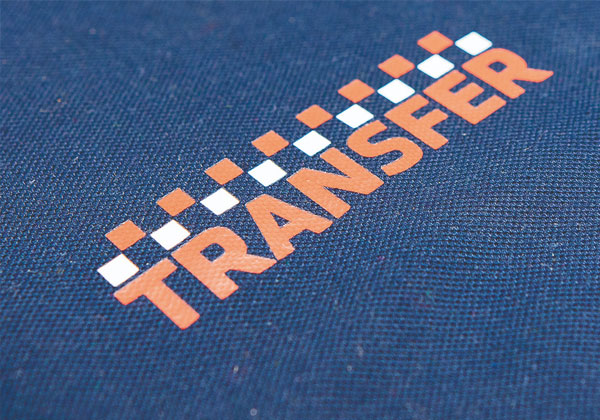 |
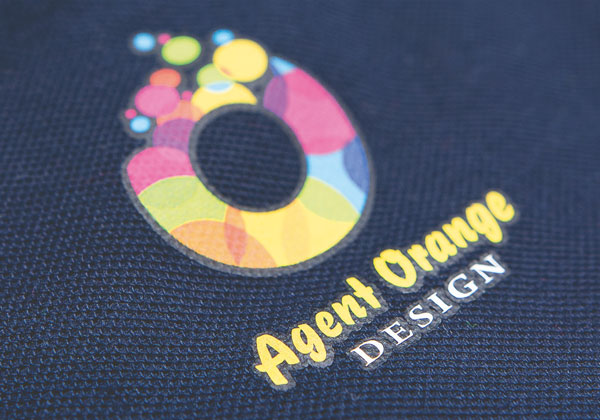 |
PROS AND CONS OF SCREEN PRINTING TRANSFER
| PROS | CONS |
|
+ applicable to all types of textiles
|
- cannot be applied to water-repellent materials
|
|
+ fast printing process
|
- low breathability under print
|
|
+ flexibility and resistance to rubbing and fading
|
- lower adhesion
|
|
- not suitable for textured or very flexible textiles (fleece and terry cloth)
|
EMBROIDERY
Embroidery is one of the highest quality ways to present a design, especially suitable for premium textiles or for t-shirts and polos with higher weight. It withstands high temperatures, so it is often used for workwear. A variation of embroidery is a patch. In this case, the design is embroidered onto a separate piece of fabric, which is then applied to the product.
We will make the embroidery for you using automated machines in up to 12 colours. You can even choose specialist 3D effects, metalic or UV threads.
 |
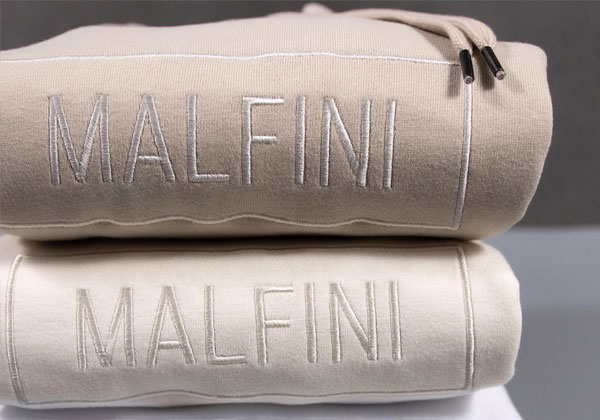 |
PROS AND CONS OF EMBROIDERY
| PROS | CONS |
|
+ metallic or non-flammable threads can be used
|
- longer delivery
|
|
+ resistence to frequent washing
|
- not suitable for all graphics
|
|
+ can be ironed
|
- price is determined by a size of the embroidery and complexity of the design
|
|
+ price is determined by number of stitches, not colours
|
LITHO TRANSFER
Litho transfer is one of the most modern methods of printing on textiles. In principle, it works similarly to digital transfer and can easily print full-colour designs, photographs, and colour gradients.
Its key advantages include the ability to process very detailed and intricate designs. The resulting print retains exceptional sharpness, finesse, and colour vibrancy.
This technique can create durable prints that would be difficult to achieve with other methods.
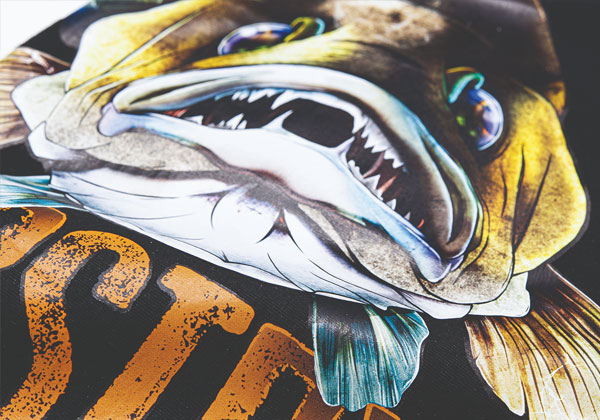
PROS AND CONS OF LITHO TRANSFER
| PROS | CONS |
|
+ exceptional sharpness and finesse of print details
|
- high cost for smaller orders (compared to DTF printing)
|
|
+ accurate and vivid colour reproduction
|
- more complex printing preparation
|
|
+ suitable for all materials
|
- suitable primarily for larger print volumes
|
|
+ durability
|
- not suitable for textured or very flexible textiles (fleece and terry cloth)
|
LABEL CHANGE
Are you creating your own brand? For all products, we offer the removal or replacement of original product labels with your own, including their production. An interesting alternative is for example printing a new label directly on the textile.
The label material can be woven, satin or paper.
PLACEMENT OPTIONS
|
- In the neckline
|
|
- On the reverse in the side seam
|
|
- Branding label on sleeve hem
|
|
- Branding label on bottom hem
|
|
- Branding label on side seam
|



